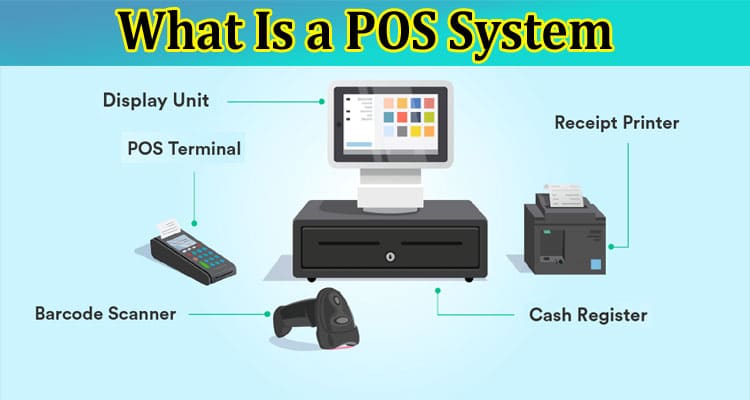In today’s fast-paced evolving business sectors, flexibility is necessary to succeed. One crucial aspect of flexibility is offering customers multiple payment options. This is where a Point of Sale, or POS system plays a vital role. In this column, you’ll know what a POS system is, how it actually functions, and how it enables business organizations to provide flexible payment solutions to their consumers.
Understanding the Basics of a POS System: A POS system combines hardware and software, allowing businesses to process customer transactions. It is a central hub where sales are conducted, inventory is managed, and payment information is processed. POS systems are usually used in online retail stores, restaurants, and service-based business organizations to streamline payment and strengthen customer satisfaction.
Hardware Components of a POS System: A typical POS system comprises various hardware components that work together to facilitate smooth transactions. These components may include a computer or tablet, a cash register or card reader, barcode scanners, receipt printers, and customer-facing displays. Each component is designed to ensure accurate payment processing, providing a flawless experience for both customers and companies.
Software Features for Multiple Payments: The software component of a POS system is where the magic happens. It offers various features that enable businesses to provide flexible payment options. These features include accepting several payment methods, like- credit and debit cards, mobile payments, along with cryptocurrencies. A robust POS system integrates with payment gateways and processors, allowing businesses to securely process payments and offer diverse payment options to meet customer preferences.
Integration with E-commerce and Online Payment Solutions: In today’s digital era, businesses must cater to customers who prefer online shopping or mobile payments. A modern POS system seamlessly integrates with e-commerce platforms and online payment solutions, ensuring a cohesive payment experience across different channels. This integration enables businesses to accept online orders, process payments, and synchronize inventory data in real-time, allowing customers to shop and pay using their preferred method.
Personalization and Loyalty Programs: A flexible POS system goes beyond processing payments. It allows businesses to implement personalized customer experiences and loyalty programs. By leveraging customer data stored within the POS system, businesses can offer tailored discounts, rewards, and promotions based on individual purchasing behavior. This not only increases customer satisfaction but also looks after customer loyalty, leading to repeat business and increased revenue.
Analytics and Reporting for Informed Decision-Making: Businesses need access to accurate data and insights to stay competitive. A POS system provides robust analytics and reporting capabilities, allowing businesses to track sales, inventory, and customer behavior. By analyzing this data, businesses can make informed decisions, identify trends, optimize inventory management, and refine their marketing strategies. This data-driven approach enhances operational efficiency and helps businesses adapt to changing customer preferences and market dynamics.
Conclusion:
A POS system is a powerful tool that enables businesses to provide Flexible payment solutions to their customers. With the proper combination of hardware and software, companies can accept multiple payment options, integrate with e-commerce sites, personalize consumer experiences, and gain necessary insights through in-depth analytics and reporting. By leveraging a flexible POS system, businesses can enhance customer satisfaction, foster loyalty, and stay ahead in a competitive marketplace. As technology advances, POS systems will evolve further, offering even more innovative solutions for flexible payment options, enabling businesses to adapt and thrive in an ever-changing business landscape.








